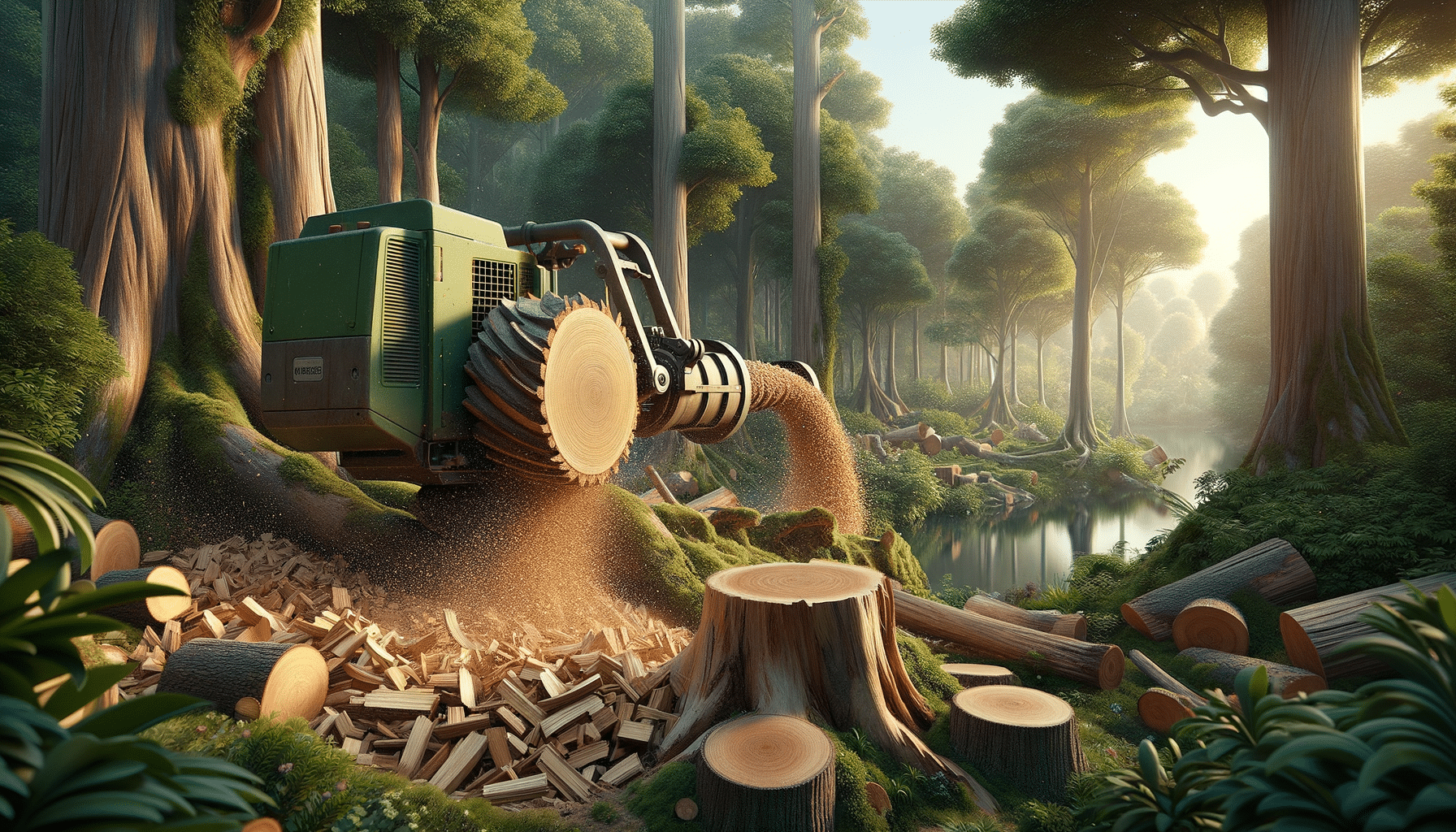
Understanding the Process and Benefits of Stump Grinding
Introduction to Stump Grinding
Stump grinding is an essential process in landscape management, offering both aesthetic and environmental benefits. When trees are removed, stumps often remain as unsightly obstructions that can hinder landscaping plans and pose potential hazards. By understanding the intricacies of stump grinding, property owners can make informed decisions about their landscape maintenance. This article delves into the process of stump grinding, the equipment involved, and the myriad benefits it brings.
The Stump Grinding Process Explained
Stump grinding involves the use of specialized machinery to remove tree stumps from the ground. The process begins with assessing the size and type of the stump to determine the appropriate equipment. A stump grinder, equipped with a rotating cutting disk, is used to chip away at the wood, reducing it to small chips and mulch.
One of the primary advantages of stump grinding is its efficiency. Unlike manual removal methods, grinding is quicker and less labor-intensive. The process minimizes disturbance to the surrounding area, preserving the integrity of nearby plants and soil. This method is particularly beneficial in urban environments where space is limited, and precision is required.
Stump grinding is also environmentally friendly. The resulting wood chips can be repurposed as mulch, enriching the soil and promoting healthy plant growth. This sustainable approach reduces waste and supports ecological balance.
Choosing the Right Equipment for Stump Grinding
The success of stump grinding largely depends on selecting the appropriate equipment. Stump grinders vary in size and capacity, from small, portable machines suitable for residential use to large, industrial models for commercial applications.
When choosing a stump grinder, consider the following factors:
- Size of the stump: Larger stumps require more powerful machinery to ensure efficient removal.
- Location: Tight spaces or uneven terrain may necessitate specialized equipment for optimal access and maneuverability.
- Frequency of use: For frequent stump removal, investing in a high-quality, durable grinder may be more cost-effective in the long run.
Understanding these considerations enables users to select equipment that meets their specific needs, ensuring a smooth and effective stump grinding process.
Environmental and Aesthetic Benefits of Stump Grinding
Stump grinding offers numerous benefits beyond the immediate removal of unsightly stumps. Environmentally, it promotes healthier landscapes by preventing pest infestations and diseases associated with decaying wood. Removing stumps reduces the risk of fungal growth and attracts fewer wood-boring insects, contributing to a healthier ecosystem.
Aesthetically, stump grinding enhances the visual appeal of a property. Stumps can disrupt the flow of a landscape design, and their removal allows for more cohesive and attractive outdoor spaces. The process also facilitates new planting opportunities, enabling homeowners to diversify their gardens and increase property value.
Moreover, stump grinding improves safety by eliminating tripping hazards and obstacles that can damage lawn equipment. This proactive approach reduces the risk of accidents and maintenance issues, creating a safer and more enjoyable outdoor environment.
Conclusion: Embracing the Benefits of Stump Grinding
In conclusion, stump grinding is a vital component of effective landscape management, offering both practical and aesthetic advantages. By understanding the process, selecting the right equipment, and recognizing the environmental benefits, property owners can enhance their landscapes while supporting ecological health. Embracing stump grinding not only improves the appearance of outdoor spaces but also contributes to a safer, more sustainable environment.


